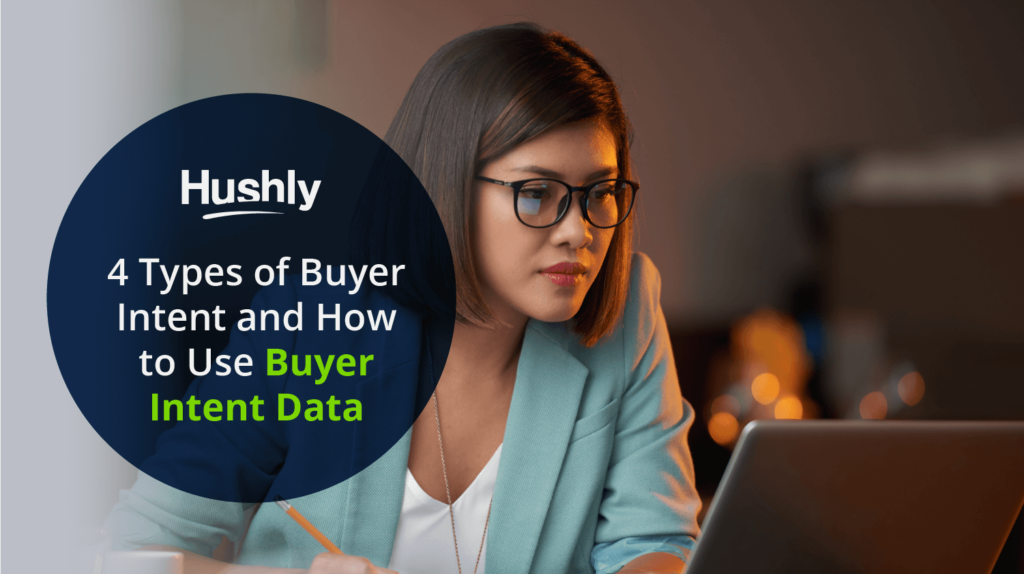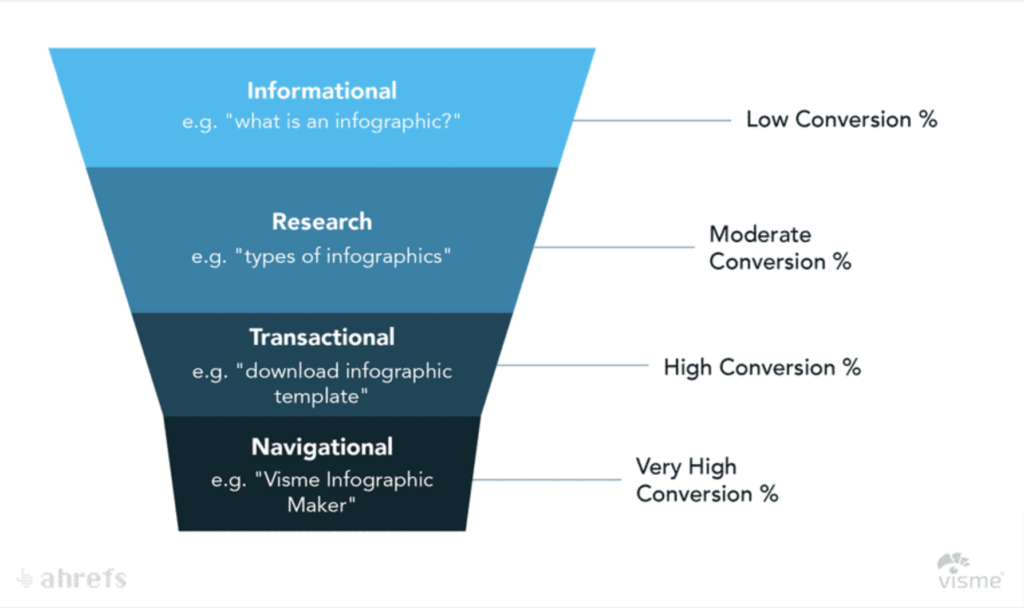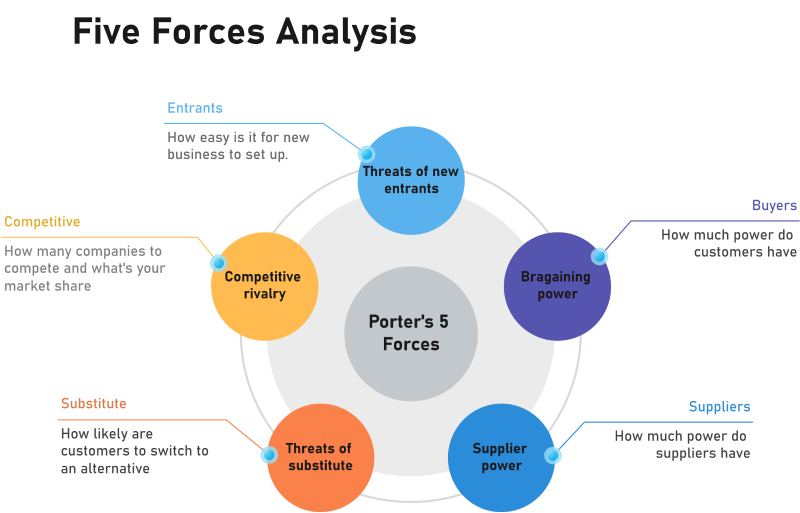Filters
Content Type
Topic
4 Types of Buyer Intent and How to Use Buyer Intent Data
Two shoppers entered a toy store. One is a bored-looking teenager who tells the clerk, “I’m just looking.” Another is a mother with two children in tow who grabs a cart and says, “I need a minute to look.”
Which one is more likely to purchase?
Buyer intent data collects clues about leads and website visitors, helping you identify those most likely to become customers. Additionally, it tells HOW interested someone is and where they fall in the sales funnel, all based on their intent or motivation behind their actions.
Let’s explore the different types of buyer intent and how to use buyer intent data to improve your marketing strategies.

What Is Buyer Intent?
Buyer intent is the motivation behind a buyer’s action or their buying intention. If a website visitor reads a blog post, their intent would tell you what they hope to glean from the post.
What is buyer intent data?
Buyer intent data is the digital footprint buyers leave behind that helps you piece together what their motivation might be when they land on your website, interact with content, and engage with your brand.
4 Types of Buyer Intent
On average, 96% of visitors to your website aren’t ready to buy. So, why do they visit your website?
Marketers recognize four primary buyer intents based on what motivates buyers to act (like downloading an asset), visit a website, or interact with a brand.
1. Informational Intent
Informational intent is when a potential customer searches for information on a particular topic.
For example, someone searching for “how to build a website” has informational intent. They aren’t ready to buy a hosting plan or hire a designer. They simply want to know what goes into the process.
Buyers with an informational intent fall at the top of the funnel. They’re still within the brand awareness stage and are unlikely to respond positively if you jump in with a sales pitch. However, if you offered them a free download for more information, they may accept the offer and input their contact information for the asset, generating a new lead.
2. Navigational Intent
Navigational intent is when a potential customer searches for a certain website or brand. They already know what they are looking for and are trying to find the specific company that can fulfill their needs.
For example, someone searching for “Facebook” has navigational intent.
Visitors with navigational intent are often easy to read because their search query has a target location, and all their actions point to a single outcome. It may be purchasing a product, researching a service, or visiting the career page.
Navigational intent buyers often fall in the middle or end of the funnel. They already know the brand exists and trust it enough to search for it by name.
3. Commercial Intent
Commercial intent is when a potential customer looks for a product or service to buy. They’re actively looking to buy something and are comparing different options.
For example, someone searching for “best running shoes” has commercial intent.
These are your bottom-of-the-funnel leads who are very close to purchase. However, before jumping straight to sales, you must also consider that they may still be comparing products. The best content continues educating the customer while offering a clear path to purchase but not yet going all in with a sales pitch.
4. Transactional Intent
Transactional intent is when a potential customer is ready to buy.
Congratulations, they have completed their research and are now looking for the best deal on a specific product or service.
For example, someone searching for “buy wooden bookshelves online” has transactional intent.
You can now show your best landing page and give your all in a personalized sales pitch because these leads have run the sales race and are ready for your products or services.

Image from Robbie Richards
Where Buyer Intent Data Comes From
There are four places where you might find data that informs you about a lead’s intent.
Firmographic/Demographic Data
Who a person is will tell you how likely they are to buy and what their motivation for purchasing may be. For example, an individual who visits a B2B company website has a very low buyer intent because they don’t match the ideal customer: other businesses. They’re likely looking for information and will not become a paying customer.
Hushly’s short forms help you understand a visitor’s firmographics through a handful of fields, like an email address and business name.
Technographic Data
Just like firmographic data, technographic data provides a profile of a business. Except, in this case, it tells you whether the buyer has the infrastructure to support your products or services.
This may be technology, personnel, or location that they need to use a product or service. This data usually comes out during sales calls or surveys.
Search Intent
Search intent data comes from the keywords in search queries that brought users to the website. Keyword research tools like Semrush can tell you keyword intent so you don’t need to guess.
Engagement Activities
Engagement activities are some of the most valuable intent data. It’s data you collect based on what website pages a visitor stops by, how long they spend on content, and what assets they consume.
Hushly collects engagement data by building a multi-asset browsing experience. Visitors only need to sign in once and can view endless assets, producing a clear picture of what they might be interested in and who they are, allowing you to glimpse their buyer intent.
3 Ways to Use Buyer Intent Data
Once you have your visitors’ buyer intent data, here are three ways to use it to improve your marketing.
1. Creating Content Around Buyer Intent Keywords
By creating content around buyer intent keywords, businesses can attract potential customers searching for information about their products or services.
For example, if you’re a marketing agency, creating content around keywords like “best marketing agency” or “how to choose the right marketing agency” can attract potential customers with commercial intent.
You can also customize your call-to-actions based on what response visitors are most likely to have due to the motivation for visiting the website.
2. Segmenting Contacts by Intent Data
Businesses can personalize their marketing messages by segmenting contacts based on their buyer intent to better resonate with each audience.
A visitor who engages with multiple blog posts about budgeting on a financial website is most likely interested in budgeting products. So, you may see the best results by entering them into an email campaign pushing budgeting products and services.
3. Personalizing Marketing by Intent
By understanding the different types of buyer intent and using buyer intent data to improve marketing personalization, businesses can attract potential customers, increase engagement, and drive conversions.
Marketing personalization is adjusting the buyer’s journey based on their specific needs. Over half of buyers say the B2B journey has grown. Each buyer’s journey is becoming more complex, taking unique turns.
Personalization is necessary to support the modern B2B buyer’s journey. And what better way to personalize than by reaching your leads with content based on their intent?
Drive More Sales by Investing in Your Buyer Intent
Hushly’s AI-powered all-in-one conversion cloud helps you gather intent data and personalize your marketing campaigns.
By leveraging Hushly’s technology, businesses can easily segment their audience and deliver targeted messaging that resonates. With advanced AI algorithms, businesses can ensure their messaging is always relevant, leading to higher engagement and increased conversions.
Try Hushly’s all-in-one conversion cloud today.
The post 4 Types of Buyer Intent and How to Use Buyer Intent Data appeared first on Hushly.



